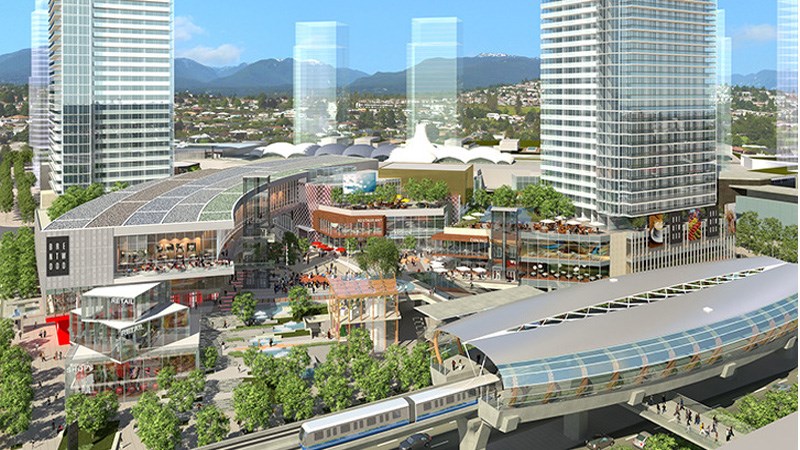It is impossible to crowbar residential investors from the future of the commercial real estate sector in Metro Vancouver because it is the lowly homebuyer who has been driving commercial land and property deals to new levels.
For evidence one need only look at Metro commercial real estate transactions during the first nine months of 2016: sales of land for residential development accounted for 53 per cent of total volumes and dwarfed every other type of commercial real estate.
Add in the 109 sales of multi-family rental buildings and residential made up $5.8 billion of the total $9.5 billion in commercial transactions as of September 2016, a dominance that has characterized the Metro market for two years.
Yet the muscle of the homebuyer goes beyond these numbers.
Today, many commercial developments rely on a healthy mix of condominiums to make the numbers work, whether in office and retail projects and even, lately, in industrial and hotel developments.
The current weakening of the residential market could affect Metro Vancouver’s commercial real estate into 2017.
Office sector
Despite a rush of new office developments that has added about two million square feet of prime space in the past 18 months, Vancouver’s office vacancy rate has fallen to 6.9 per cent, one of the lowest in Canada, according to Colliers International. With nearly 340,000 square feet taken up in the third quarter of 2016 alone, the stage is set for the next round of hurry-up construction.
Office demand across the Metro region is expected to increase in 2017 following recent federal approval of new liquefied natural gas and oil pipelines, an expanding tech and film industry and a strengthening of the mining and engineering sectors.
In all, four new towers are planned with a total of 600,000 square feet of Class A space. Early betting is that Morguard’s 227,000-square-foot, 25-storey building at 601 West Hastings will lead the wave, with an estimated completion in 2019.
Two new office towers, the Exchange on Howe Street by Credit Suisse and Serracan Properties’ seven-storey building on Seymour Street will complete in 2017.
Needless to say, many of Vancouver’s new office projects, such as the 235,000-square-foot Burrard Place by Jim Pattison Developments/Reliance Properties, and the Cardero complex by Bosa Properties/Arpeg Holdings include a residential component.
This year could also see heated action in office transactions. Last year, a record $1.9 billion in office building sales were reported in the first half alone.
The relatively low vacancy rate, high demand and rising total lease rates – an average of $47.28 per square foot downtown – also point to office investments breaking to the upside in 2017.
Retail record
The first half of 2016 saw record transactions of retail properties in Metro Vancouver, as the sales volume hit $1.1 billion, according to Altus Group.
The demand is fueled by B.C.’s stupendous retail sales. In 2016, consumer sales volumes in B.C. hit $74.9 billion, up 6.6 per cent from a year earlier, the highest growth rate in the country, according to Colliers’ research.
And, even with the opening of Canada’s largest new indoor shopping mall in South Delta in 2016, Metro Vancouver remains under-supplied with retail, Colliers found.
Metro Vancouver now has 14.3 square feet of shopping space per capita, the lowest among all big Canadian cites and well below the ratio in Toronto and Calgary.
The largest Metro retail makeover projects, Brentwood in Burnaby and Oakridge Centre in Vancouver, both have a strong residential component.
Hotels versus condos
Metro Vancouver is the best hotel market in Canada, according to HVS International, but 2017 will see residential action shadowing both new hotel development and makeovers.
The Trump International Hotel & Tower, which opens in 2017 in downtown Vancouver, has drawn headlines because of the sell out of its condominium component at more than $1,200 per square foot.
Other hoteliers are competing head to head with homebuilders for sites, but Carrie Russell, managing director of a HVS Canada in North Vancouver, said this can be expensive.
“Vancouver hotel developers literally have to compete with condo developers, and it just does not make very many deals economic,” she said.



